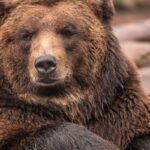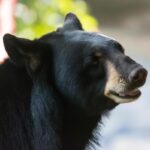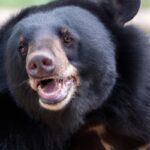Key Takeaways:
- Hunting black bear in Alaska requires a permit and adherence to specific regulations.
- Hunters must possess the necessary skills, equipment, and knowledge of the terrain to successfully hunt black bears in Alaska.
- It is important for hunters to prioritize safety and ethical practices when pursuing black bears in Alaska.
- Conservation efforts and sustainable hunting practices are crucial for maintaining a healthy black bear population in Alaska.
Are you ready for a thrilling adventure in the vast wilderness of Alaska?
Imagine the adrenaline rush as you track and stalk one of the most elusive creatures in North America – the black bear.
As an expert on hunting in Alaska, I’m here to guide you through the ins and outs of this exciting pursuit.
From the necessary permits and regulations to the best time and locations, I’ll share my knowledge and tips to make your black bear hunting expedition a success.
But don’t forget, it’s not only about the thrill of the hunt – it’s also about exercising ethical considerations and playing a part in the conservation of these magnificent creatures.
So, let’s dive in and discover the secrets of hunting black bears in Alaska!
Aspect | Details |
|---|---|
Hunting Season | Spring and Fall |
License | Required |
Tagging | Required |
Guided Hunts | Available |
Weapon Allowed | Rifle and Bow |
Harvest Limit | One bear per person per year |
Methods | Spot and stalk, baiting, calling |
Regulations | Must comply with Alaska Department of Fish and Game regulations |
Important Note | Ensure proper knowledge of black bear identification and behavior to avoid mistaken identification and accidental hunting of other bear species |
Hunting Regulations and Permits
Licensing requirements for hunting black bears in Alaska
To hunt black bears in Alaska, you must possess a hunting license. For residents, a hunting license is required, along with a black bear tag.
Non-residents need a non-resident hunting license, a black bear tag, and may require a guide.
Additionally, all hunters must complete a bear identification test to ensure they can properly identify black bears from other species. These licensing requirements are in place to ensure the conservation and sustainable management of black bear populations in Alaska.
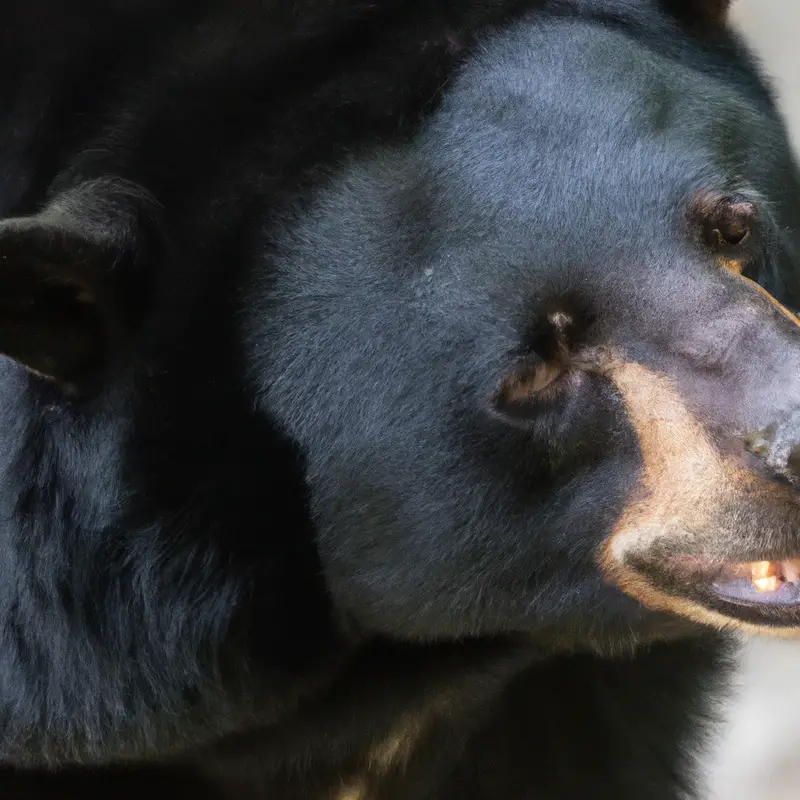
Overview of hunting seasons and bag limits
Hunting seasons for black bears in Alaska typically start in the spring and continue through the fall.
The specific dates may vary depending on the region and hunting regulations.
Bag limits also vary, but hunters are typically allowed to harvest one or two black bears per season.
It’s important to check the current regulations and hunting guidelines to understand the specific hunting seasons and bag limits for the area you plan to hunt in.
Happy hunting!
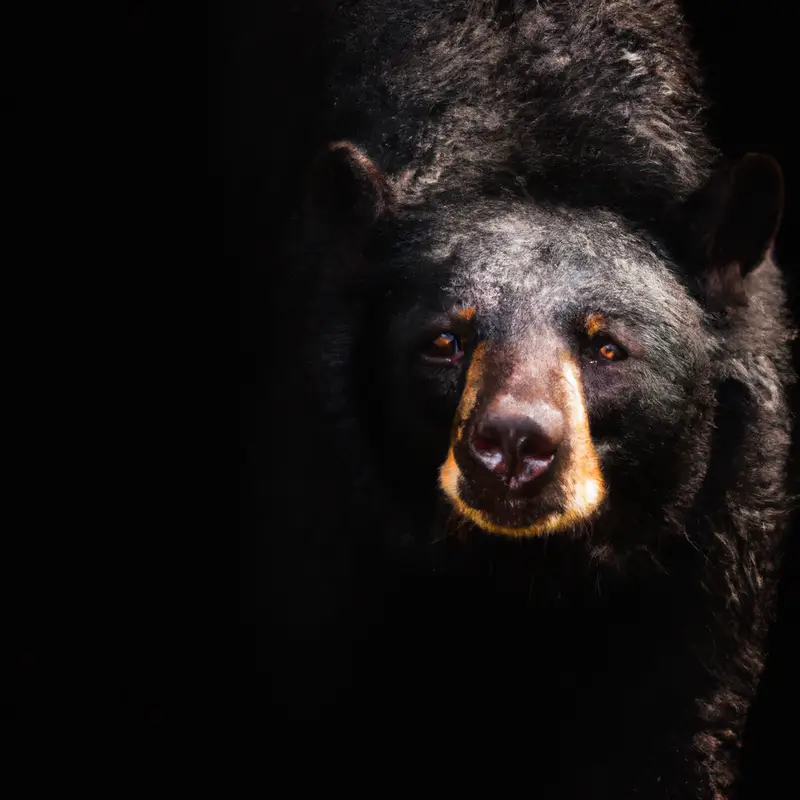
Types of permits required for non-resident hunters
To hunt black bears in Alaska as a non-resident, you will need to obtain certain permits.
The three main types of permits required for non-resident hunters are:
- Hunting License: It’s essential to have a valid hunting license, which can be obtained from the Alaska Department of Fish and Game or authorized vendors. This license allows you to participate in any hunting activity in the state.
- Black Bear Tag: In addition to the hunting license, non-resident hunters must secure a black bear tag. This tag permits the harvest of one black bear. It’s crucial to remember that the number of tags available may be limited, so it’s recommended to apply early.
- Non-Resident Alien Tags (if applicable: Non-resident alien hunters, who are not citizens or permanent residents of the United States, must also obtain Non-Resident Alien Tags. These tags are specific to non-resident aliens and are required in addition to the hunting license and black bear tag.
Each of these permits is vital to ensure compliance with Alaska’s hunting regulations, manage wildlife populations effectively, and contribute to conservation efforts.
It is important to familiarize yourself with the specific requirements and regulations associated with these permits to have a successful and lawful black bear hunting experience in Alaska.
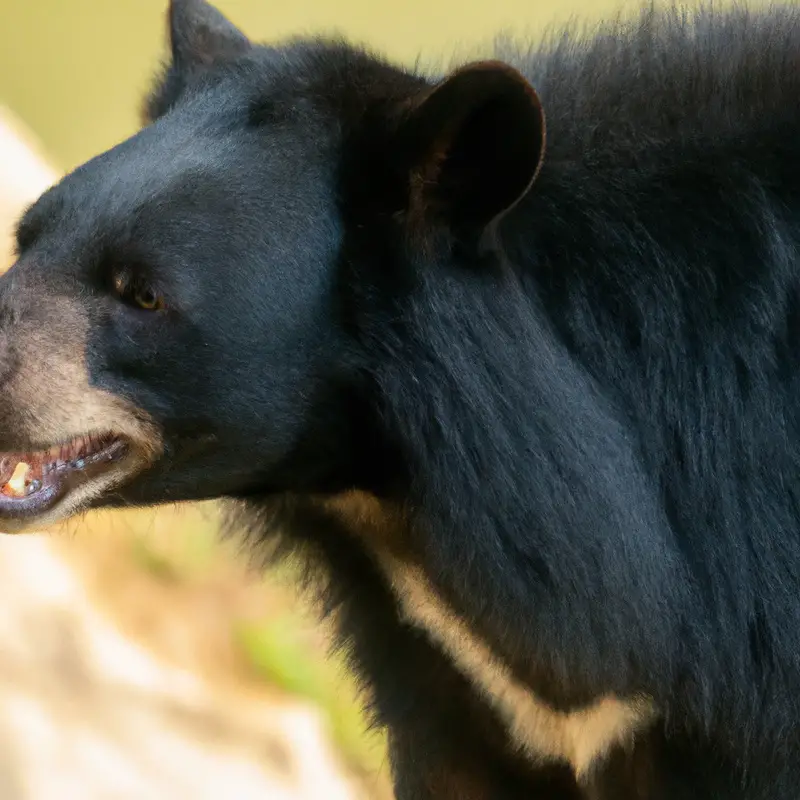
Best Time and Location for Black Bear hunting
Peak seasons and preferred months for hunting
The peak seasons for hunting black bears in Alaska are spring and fall.
The preferred months for hunting are May and June during the spring season, and September and October during the fall season.
These months offer optimal hunting conditions and increased bear activity.
Spring hunts can be exciting as bears come out of hibernation and are actively searching for food.
In the fall, bears are preparing for winter and are focused on feeding to build up fat reserves.
These preferred months provide the best opportunities for successful black bear hunting experiences.
Recommended locations and regions in Alaska for black bear hunting
For black bear hunting in Alaska, there are several regions that are highly recommended. One popular location is the Prince William Sound area, known for its dense bear population.
The Kodiak Island and the Alaska Peninsula are also excellent choices, offering both high bear density and diverse hunting opportunities.
Additionally, the Interior region, including the Wrangell-St. Elias National Park, provides a unique hunting experience. It’s important to research each area’s regulations and restrictions before planning your hunt.
Factors to consider for choosing the best hunting area
Choosing the best hunting area in Alaska requires considering a few important factors. Firstly, look for areas known to have high black bear populations, such as the Interior and Southwest regions.
Secondly, consider the accessibility of the hunting area, as you’ll want a location that is easily reachable.
Thirdly, think about the terrain and vegetation – areas with dense forests and ample food sources are ideal for black bears. Lastly, make sure to check any specific regulations and restrictions for the hunting area before making your final decision.
Hunting Techniques and Tips
Spot and stalk method for hunting black bears
The spot and stalk method is a popular technique for hunting black bears in Alaska.
It involves scouting for bears from a distance, then silently approaching on foot for a closer shot.
To effectively use this method, it’s important to be patient and observant.
Look for tracks, droppings, and other signs of bear activity.
Binoculars are essential for scanning the terrain and spotting bears from a distance.
When stalking, move slowly and quietly, taking advantage of natural cover and staying downwind to minimize your scent.
Be prepared for long hikes and challenging terrain.
It’s crucial to have good optics, like a quality spotting scope or rangefinder, to accurately judge distances.
Remember to always practice firearm safety and ensure you have the necessary permits and licenses.
It’s also important to respect wildlife and hunt ethically.
Happy hunting!
Proper use of bait and bear attractants
Proper use of bait and bear attractants can greatly enhance your black bear hunting experience in Alaska.
When using bait, it is important to find a secluded area with limited human activity.
Use natural food sources like berries, fish, or beaver carcasses to attract bears.
Be sure to check local regulations for baiting restrictions and obtain the necessary permits.
Always maintain a safe distance from the bait site and monitor it regularly.
Remember, baiting can be an effective technique, but it requires responsible and ethical practices.
Importance of camouflage and scent control during hunting
During hunting, camouflage and scent control are crucial to increase your chances of success.
Camouflage helps you blend into your surroundings, making it harder for black bears to spot you.
Choose clothing and gear that matches the environment you’ll be hunting in.
Scent control is equally important as bears have a keen sense of smell.
Use scent-neutral soaps and sprays to minimize your natural odor.
Additionally, store your hunting gear in scent-blocking bags and try to hunt with the wind in your favor.
Proper camouflage and scent control can make a significant difference in your hunting experience.
Essential gear and equipment for black bear hunting in Alaska
When it comes to black bear hunting in Alaska, there are several essential gear and equipment that you need to have.
Here are some of the most important ones:
- Rifle or Bow: Depending on your preference and skill level, choose a reliable firearm or a compound bow for hunting black bears.
- Optics: Invest in high-quality binoculars and a good spotting scope to spot bears from a distance and assess their size and behavior.
- Camouflage Clothing: Wear camouflage clothing that matches the natural surroundings to stay concealed from the bears.
- Scent Control: Use scent eliminators and cover scents to minimize your human scent, as bears have a keen sense of smell.
- Calls: Black bear calls can be effective in attracting and locating bears, helping you set up for a shot.
- Field Dressing Kit: Bring a sharp knife, game bags, and gloves for field dressing and processing the bear after the harvest.
- Backpack: Carry a durable and comfortable backpack to hold your gear, snacks, water, and other essentials during the hunt.
- Safety Gear: Never forget to bring bear deterrents like bear spray or firearms for protection, as well as a GPS device or a compass for navigation.
- First Aid Kit: Accidents can happen, so pack a comprehensive first aid kit to tend to any injuries or emergencies.
Remember to check the regulations and requirements for hunting gear and equipment before heading out.
Good luck and stay safe!
Safety Guidelines and Precautions
Bear safety awareness and precautions
Bear Safety Awareness and Precautions:
- Always make noise while hiking or hunting to alert bears of your presence, reducing the chance of surprising them.
- Carry and know how to use bear spray. It is a highly effective deterrent that can help deter aggressive bears.
- Travel in groups whenever possible. Bears are less likely to approach a larger group of people.
- Keep a safe distance if you spot a bear. Give them space and do not approach them for a closer look.
- Properly store food and garbage to avoid attracting bears to your campsite. Secure them in bear-resistant containers or hang them out of the reach of bears.
- Learn to recognize signs of bear activity, such as tracks, scat, and claw marks. This can help you avoid areas with recent bear encounters.
- Be aware of your surroundings and stay alert. Avoid wearing headphones or anything that can distract you from potential bear encounters.
- Educate yourself about bear behavior and know how to respond in the event of a bear encounter. Stay calm, speak calmly, and slowly back away without turning your back on the bear.
- Respect the habitat of bears and other wildlife. Never approach or feed wild bears, as this can lead to dangerous situations for both humans and bears.
Recommended firearms and ammunition for hunting black bears
When it comes to hunting black bears in Alaska, selecting the right firearms and ammunition is crucial. For firearms, a high-powered rifle in .30 caliber or larger is recommended.
Bolt or lever action rifles are common choices for their reliability and accuracy.
As for ammunition, use rounds designed specifically for hunting large game, such as soft-point or bonded bullets. These bullets expand upon impact, delivering effective stopping power.
Remember to always follow local gun laws and regulations when choosing your firearms and ammunition.
Importance of carrying bear deterrents and knowledge of bear behavior
It’s crucial to carry bear deterrents and have knowledge of bear behavior when hunting black bears in Alaska.
Bears are powerful and potentially dangerous animals, and encountering one can be risky.
Bear deterrents such as bear spray or noise-making devices can help deter an aggressive bear and keep you safe.
Knowing bear behavior can help you recognize signs of aggression or distress and take appropriate action.
Understanding bear habits and body language can help you avoid potentially dangerous situations and ensure a safer hunting experience.
Remember, being prepared and informed is key when hunting black bears in Alaska.
Ethical Considerations and Conservation
Conservation efforts for black bear population in Alaska
Conservation efforts for the black bear population in Alaska are crucial to ensure their long-term survival. Efforts are focused on habitat preservation, managing human-bear conflicts, and monitoring population dynamics.
This includes establishing protected areas, implementing hunting regulations, and promoting responsible bear viewing practices.
Additionally, educational programs are conducted to raise awareness about the importance of conserving black bears and their habitats. By supporting these conservation measures, we can help maintain a healthy and sustainable black bear population in Alaska for future generations to enjoy.
Importance of following regulations for sustainable hunting
Following regulations for sustainable hunting is crucial for the long-term conservation of wildlife populations, including black bears.
These regulations are set in place to ensure that hunting activities do not harm the overall population or disrupt the balance of the ecosystem.
By respecting bag limits, adhering to hunting seasons, and obtaining the necessary permits, hunters can contribute to the sustainability of black bear populations in Alaska.
It is our responsibility to hunt ethically and responsibly, so future generations can also enjoy the thrill of black bear hunting in Alaska.
Final Verdict
Hunting black bears in Alaska can be an exhilarating and rewarding experience for avid hunters.
By following the necessary regulations and acquiring the required permits, hunters can enjoy the thrill of the chase while also ensuring the sustainability of the black bear population.
Choosing the right time and location, employing effective hunting techniques, and prioritizing safety are key elements for a successful hunting trip.
Additionally, practicing ethical hunting and supporting conservation efforts contribute to the long-term preservation of black bears in Alaska.
Happy hunting and remember to always respect the majestic creatures that roam these wild lands.

